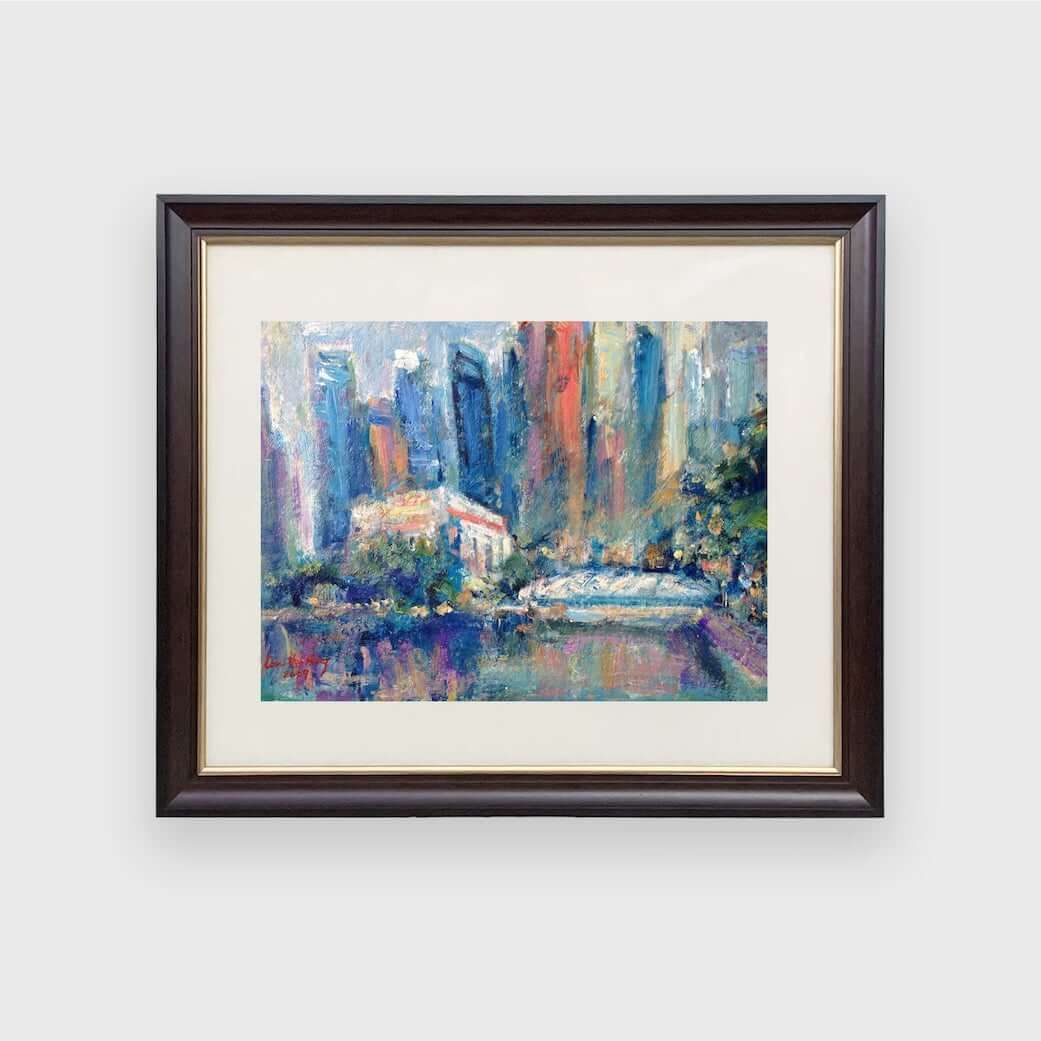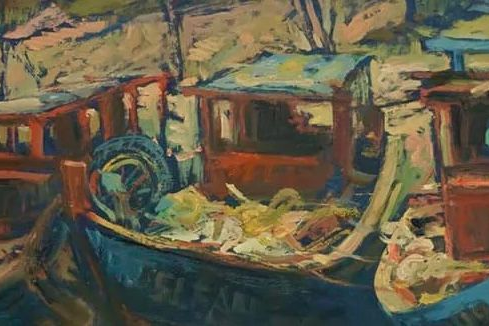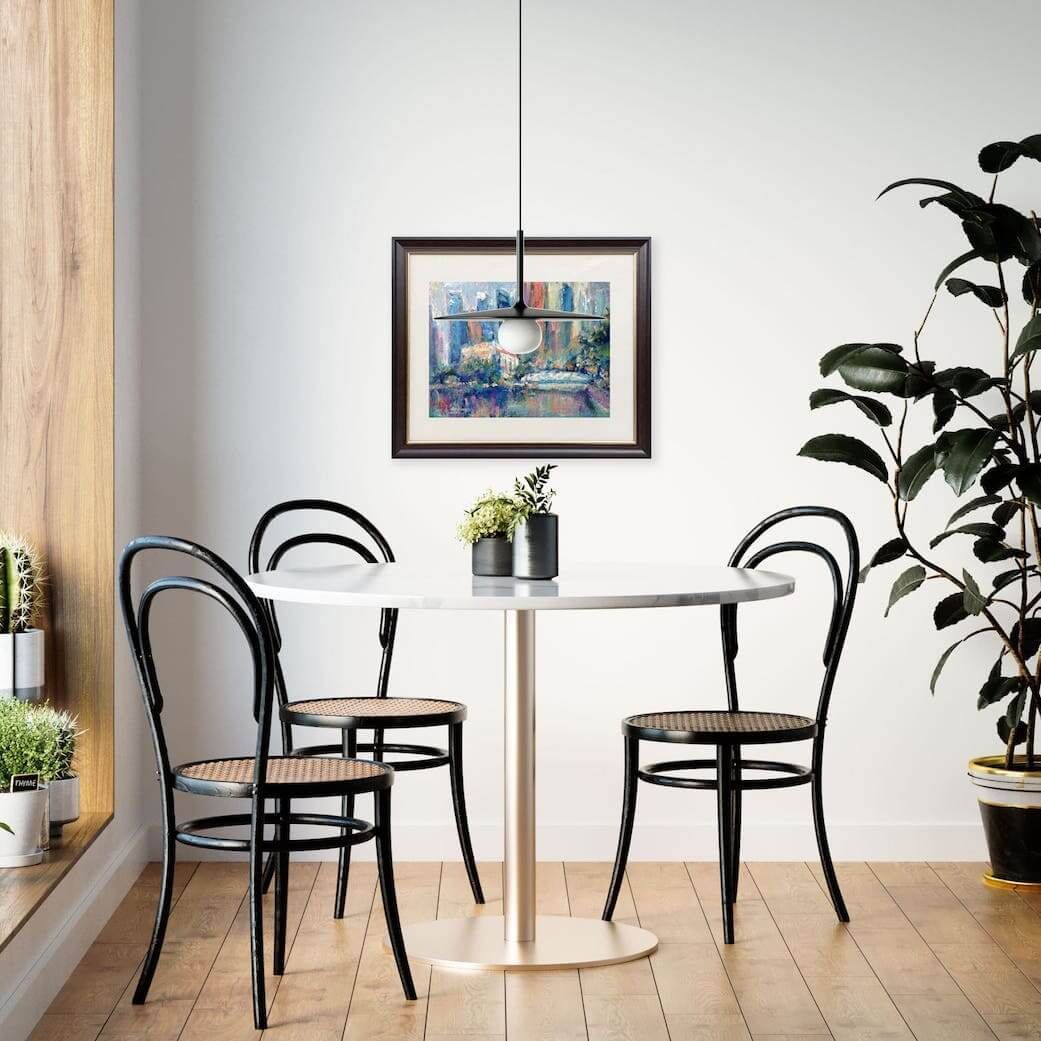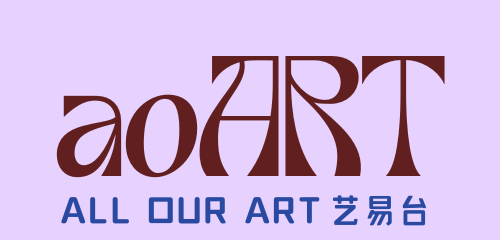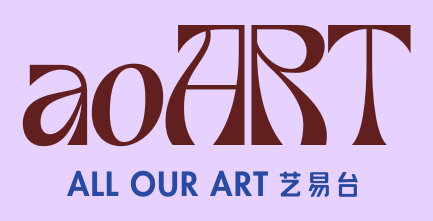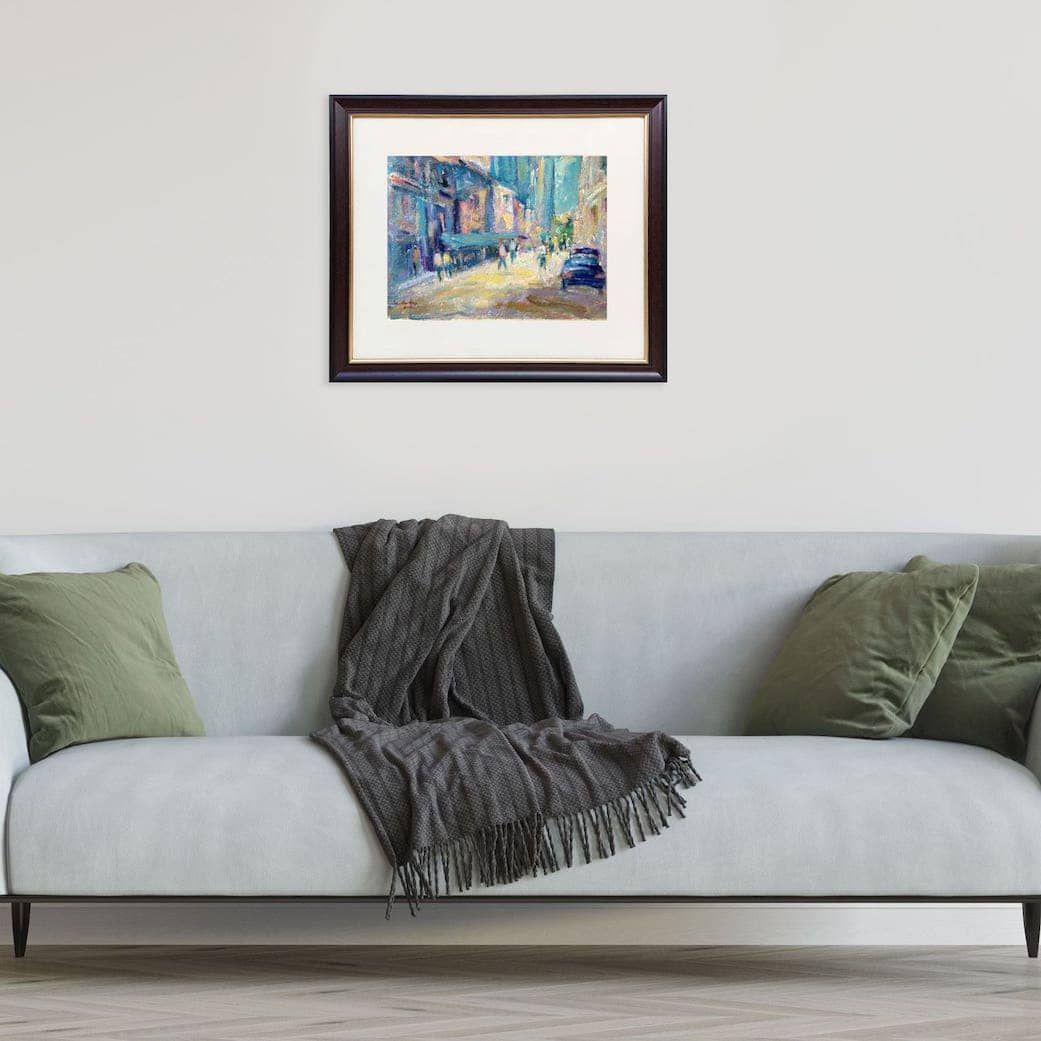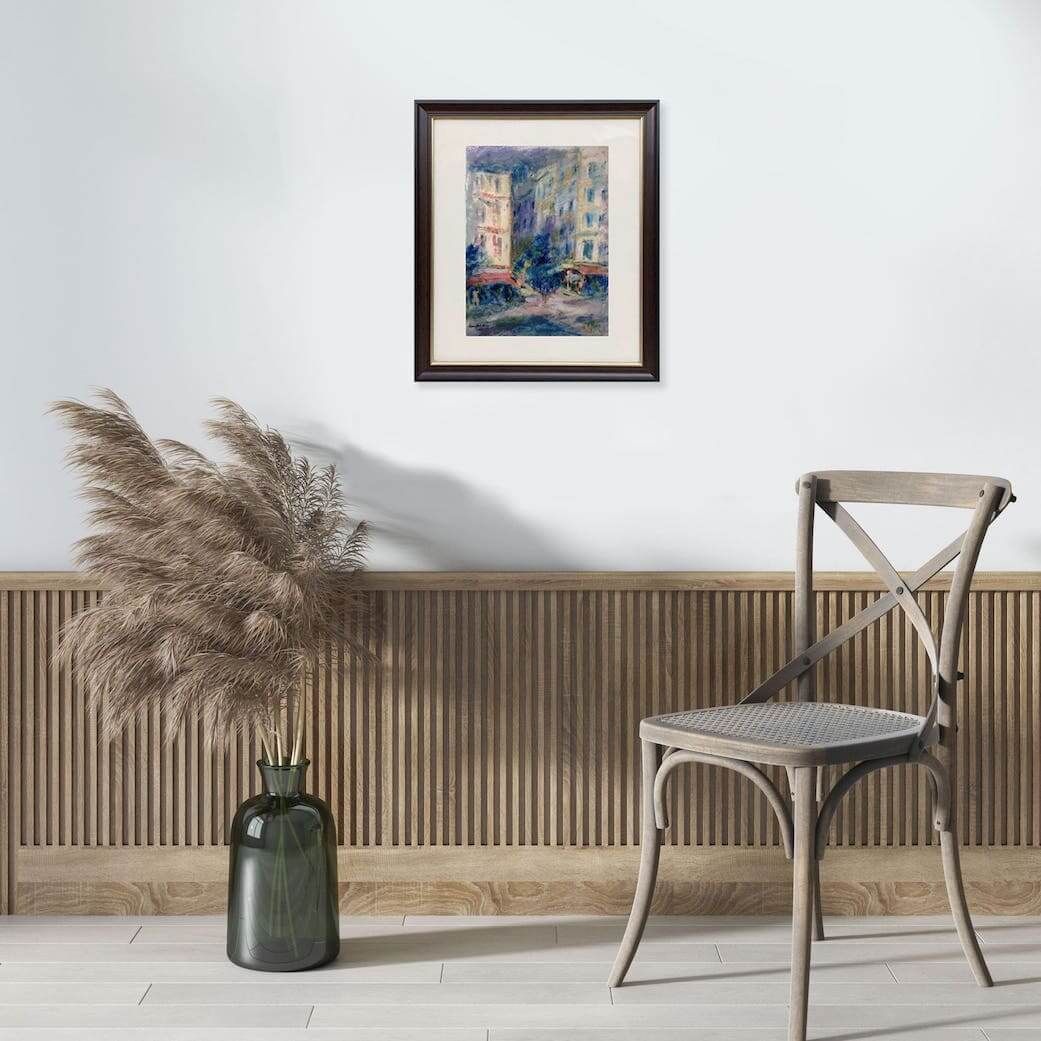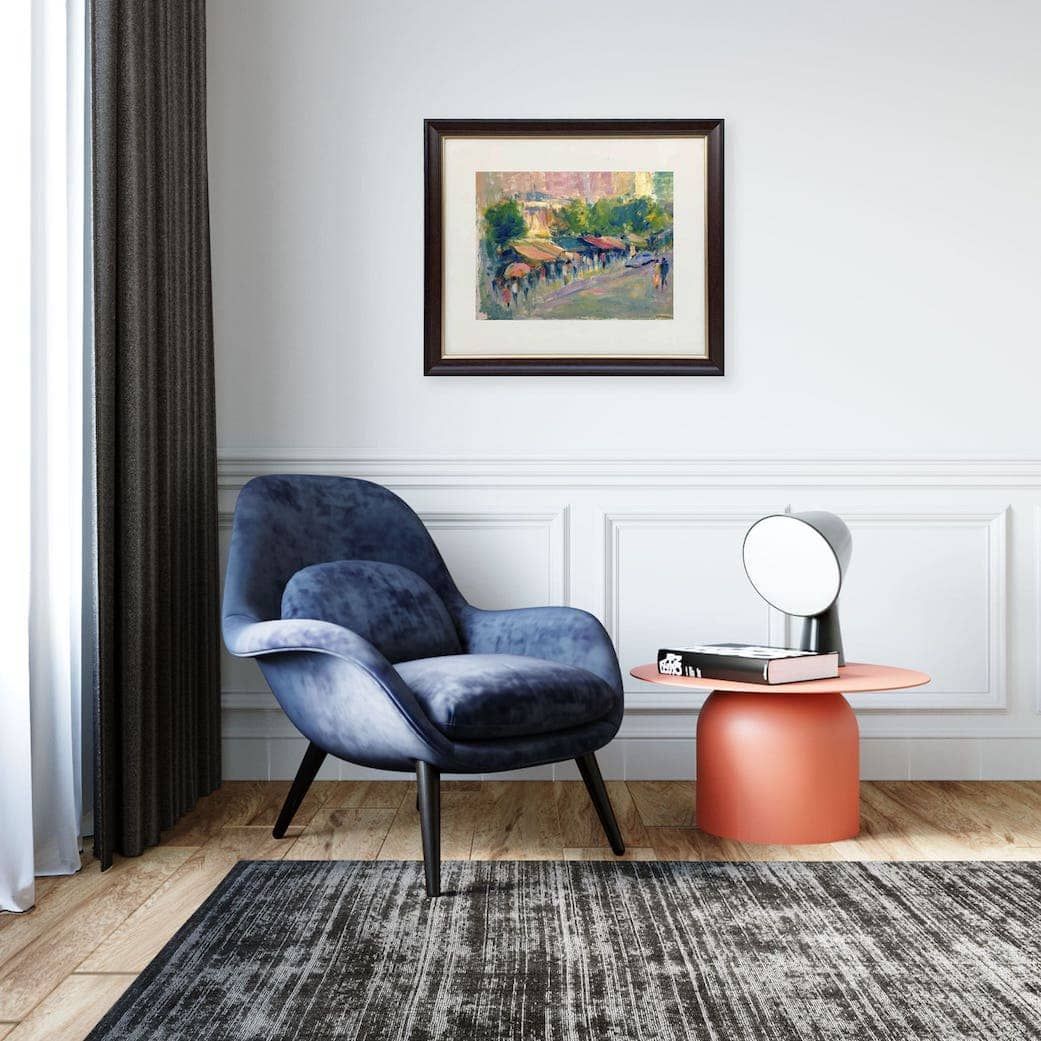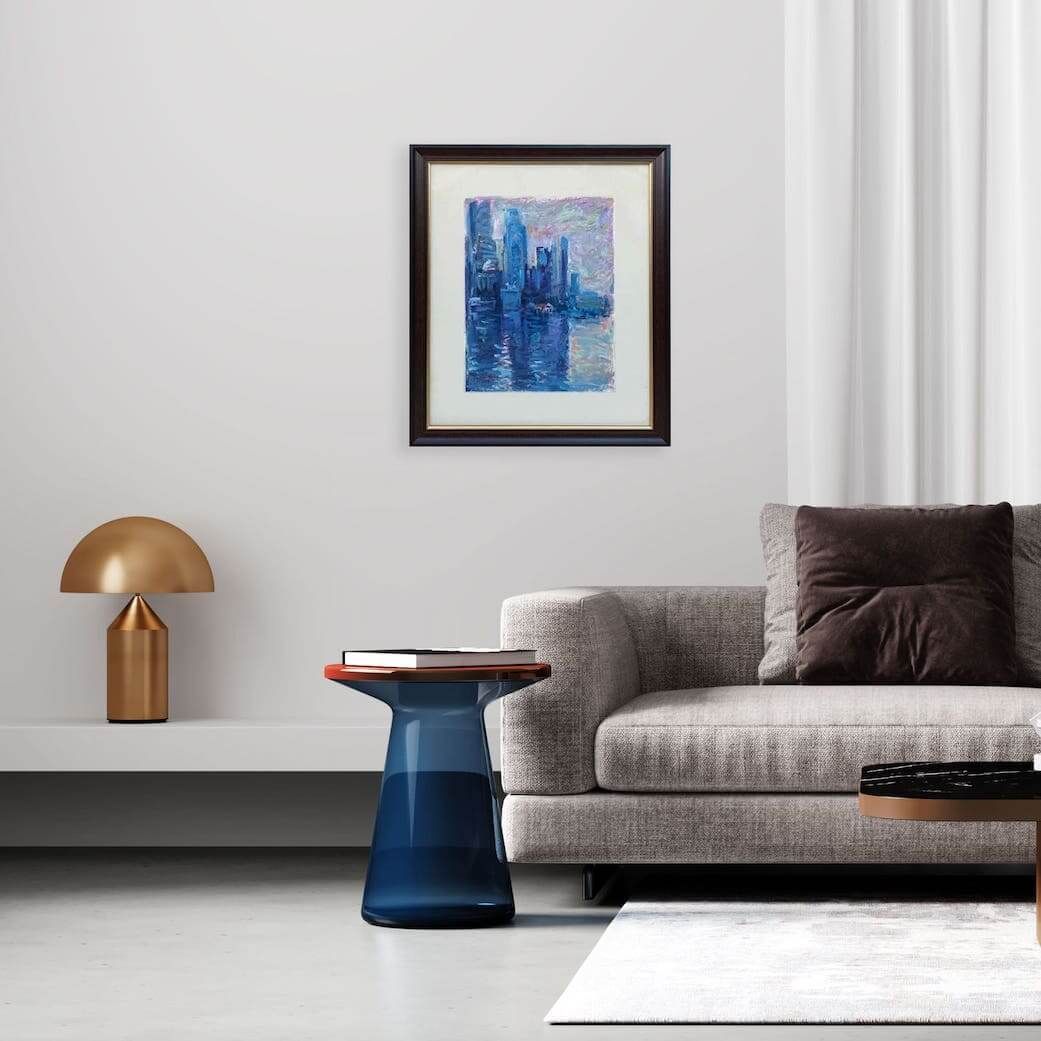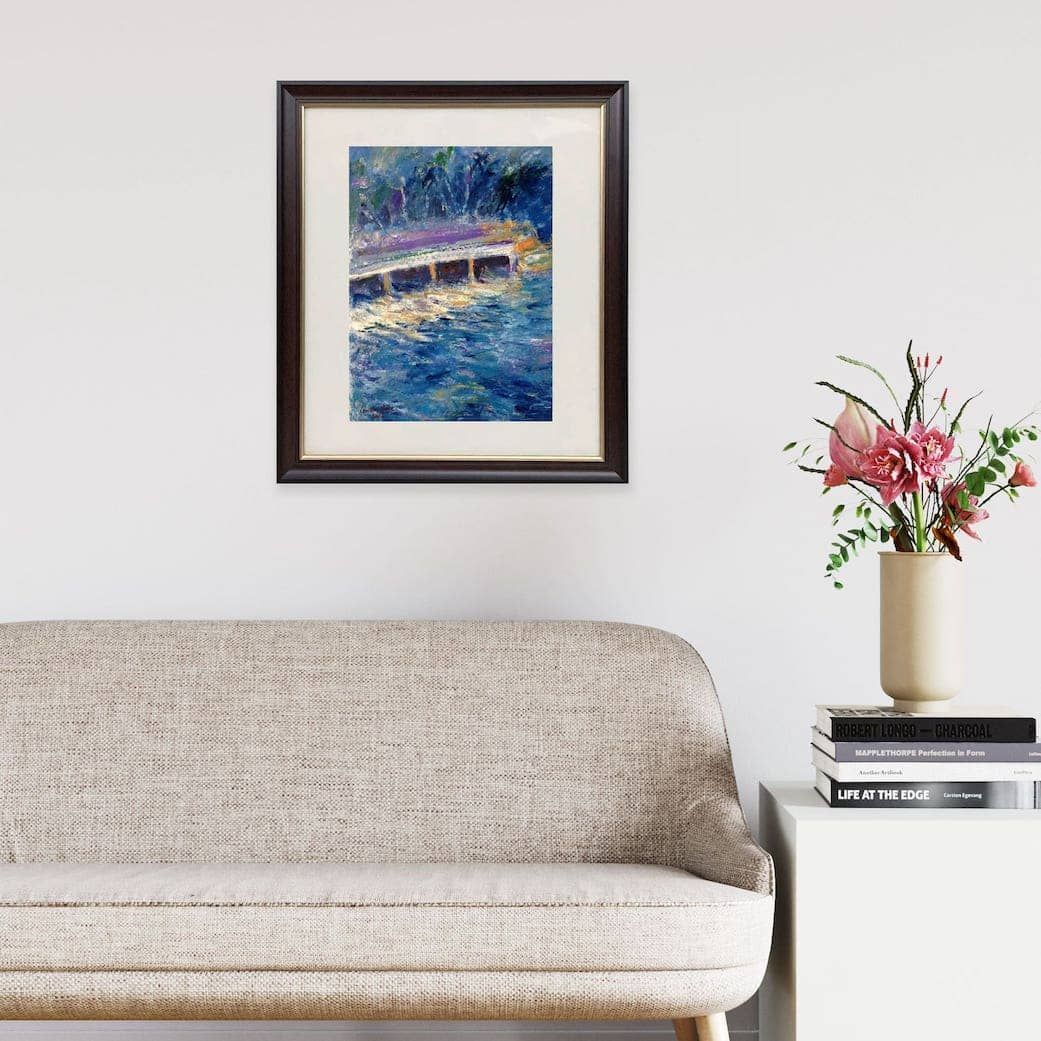The History of Singapore Art in the 1970s: Shifting Forms and Critical Questions
The 1970s: Shifting Forms and Critical Questions
As Singapore’s economy grew and society modernised, so did its art. The 1970s saw artists pushing beyond the Nanyang Style.
It was a decade of experimentation and a growing interest in contemporary art practices.
Influenced by modernism, they began exploring abstraction, conceptual art, and new materials.
The 1970s also witnessed the rise of performance art, with artists using their bodies as a medium to express social and political commentary.
The focus also broadened from simply depicting the local to engaging with more critical political and cultural issues.
You would find artists asking questions about what defined art itself and the circumstances of its creation.
While formalism was still a keen focus for many (think about artists exploring the arrangement of colours and shapes, often influenced by international abstract movements), individual artists also ventured into more personal and symbolic expressions, particularly in Chinese ink painting.
This was a time of dynamic shifts, setting the groundwork for more avant-garde explorations.
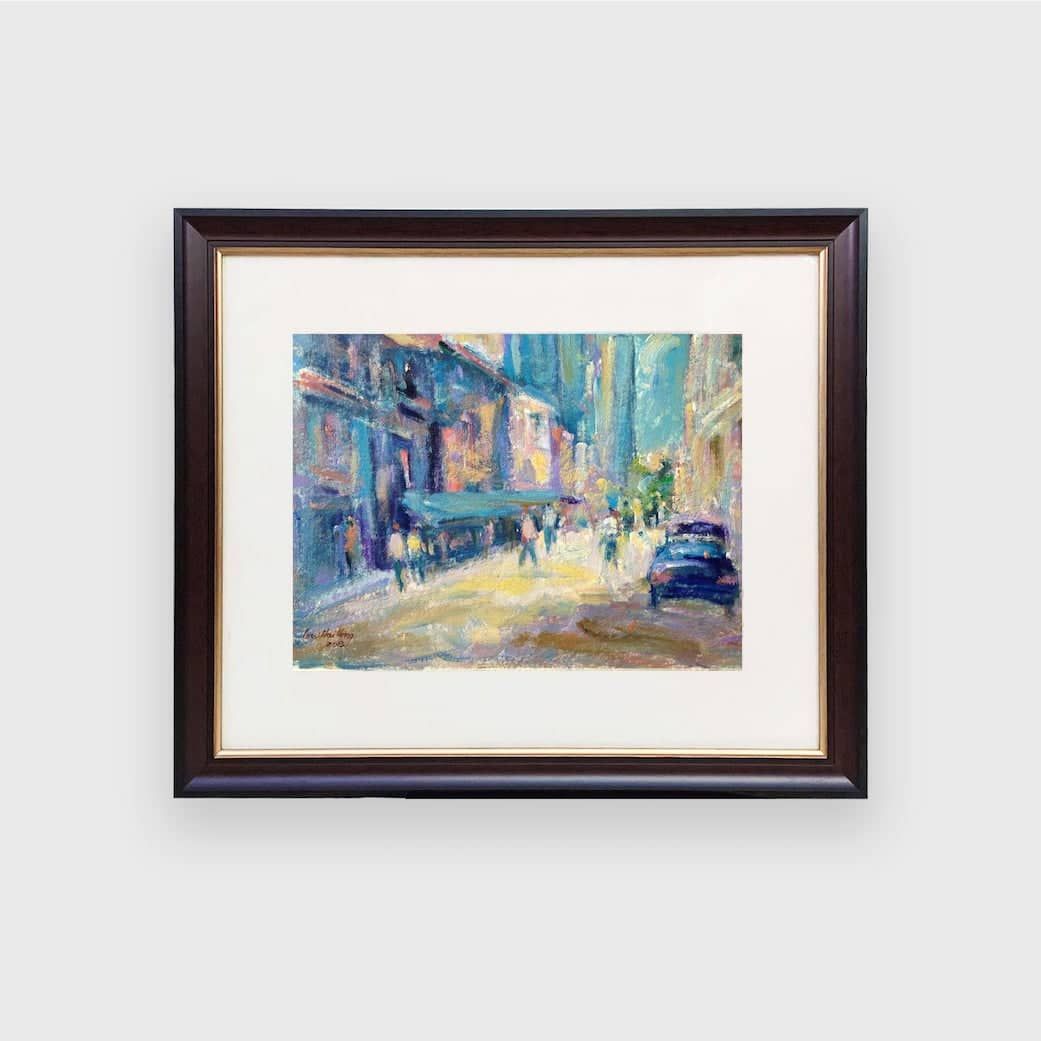
Artists like Lim Tze Peng, Tan Swie Hian, and Goh Beng Kwan gained recognition for their innovative approaches, incorporating calligraphy and abstract forms to create bold, textured works.
The government established the National Museum Art Gallery in 1976 (later evolving into the Singapore Art Museum), providing artists with professional platforms to exhibit their work, and the Modern Art Society was formed in 1972 to promote new expressions beyond traditional boundaries.
The Singapore government also began to take notice of the arts, establishing the Ministry of Culture to support cultural development.
Still, many artists had to balance day jobs with their creative pursuits, as art was not yet seen as a full-time career path.
